Finding spiritual solace by the Western Wall, Israel’s most sacred site
By Wendell GaaAs a high school student in the summer of 1993, I took my first trip to Europe, and it was in Rome, Italy where I had a chance to meet then-Philippine Ambassador to Israel, the late Amante Manzano.
A very humble diplomat with a genial demeanor, Ambassador Manzano encouraged me to visit the Holy Land which he described as being “wonderfully beautiful.”
At the time, in the innocence of my youth, I assumed that based on news reports, daily life in Israel was all about dodging terrorist attacks and hiding out in bomb shelters. Ambassador Manzano reassured me that all that talk was just mere “media hype” and that Israel was in fact one of the safest nations in the world. Over 20 years later, I’m so glad that I heeded his encouragement and realized how right he was after I finally got to visit this truly beautiful and historic country.
Now what more could be said or written about Israel which hasn’t been done so already? Its small territory belies its significance as a historic center for the world’s three great monotheistic religions, Judaism, Christianity and Islam, and a land which was witness to the great religious figures of Abraham, Jesus and the prophet Muhammad.
Israel in modern times has been a source of political and social tension due to the ongoing Israeli-Palestinian dispute, which has had an impact throughout the Middle East and beyond. In spite of the constant challenges, however, Israel today is one of the most developed nations on par with the richest nations in Western Europe, blessed with a rich agriculture, technology and tourism industry.
To appreciate the magnitude of ancient Israel, a first point of interest to visit in the holy city of Jerusalem is no doubt the Western Wall. This Wall is the most sacred structure in Judaism and has been the center of Jewish worship for over 2,000 years. It is the only remnant that remains of the Second Temple of Israel built by King Herod the Great around 516 BC. It was built to support the western side of the area known as Temple Mount, where it is said that the patriarch Abraham was commanded by God to come here to sacrifice his son Isaac, only to be stopped by an angel, thereafter forging his people’s covenant with God.
We had to walk through a series of alleyways in the Old City of Jerusalem to find our way towards the Wall, thankfully aided by numerous directional signs and kind shopkeepers. To say that a walk through the markets of the Old City was a trip back into time was an understatement, and yet nothing could prepare us for the divine feeling which totally absorbed us as soon as our eyes befell the Wall.
Passing through the security turnstiles at the entrance to the Wall plaza, we could just get a feel of the intense pride and protectiveness which the State of Israel has towards the most sacred site in Judaism. Our friendly tour guide was kind enough to lead us towards the Wall itself, although being a girl she couldn’t follow us all the way as males and females are asked to worship on different sides of the Wall. My father and I walked towards the left side reserved for men, while my mother and aunt walked towards the right reserved for women. All men, both Jew and non-Jew, who pay their respects at the Wall are obligated to cover their heads with religious bonnets. Fortunately there is a box near the entrance to the men’s section where we could borrow a white Jewish kippah, which symbolizes honoring God.
My father and I took turns to touch the Wall in silent meditation. I even kissed the Wall which also in a way expresses the survival of the Jewish people throughout several generations despite facing many historic tragedies. Being able to pray at the Wall alongside many other Jews was like no other feeling in the world, and a privilege made all the more extraordinary knowing that even non-Jews are welcome to experience spiritual and emotional solace right here.
Another notable site which will give you a fulfilling experience of Jerusalem’s Jewish heritage is King David’s Tomb, which is the traditional burial place of the great King of Israel himself. We walked all the way to the Mount Zion section of the Old City where the Tomb is located. We walked inside the house protecting the Tomb, and as with the Western Wall, we saw how men and women were divided into two sections of the Tomb itself in paying respects to King David.
My father and I were once again requested to wear kippahs on our heads, and then we got to view the Tomb up close. It was riveting to see many young and old Jewish men reciting prayers and quotes from the Torah right before the Tomb. And I was once again reminded of the inspiring story of King David, who was one of my favorite biblical heroes as a child, although admittedly, I only recently realized that the young boy David who is famous for his slaying of the Philistine giant Goliath and the King David who captured Jerusalem and forged the United Kingdom of Israel into a mighty nation were actually one and the same person!
His story as an imperfect yet intensely driven and divinely blessed leader is still one that many of us can learn from today, whether we are religious or not.


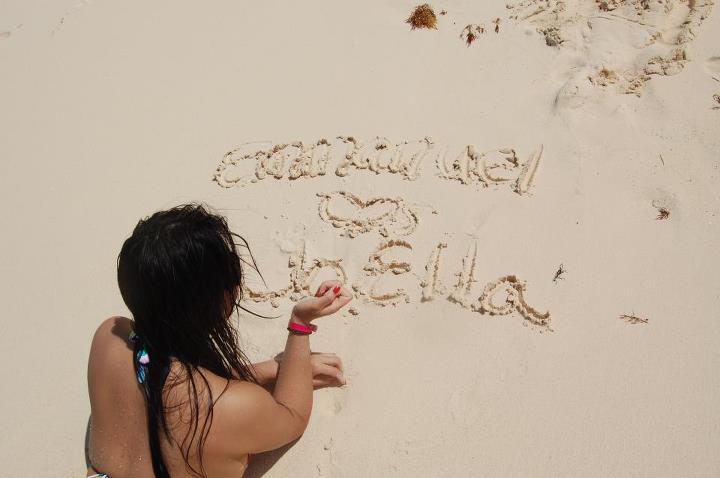

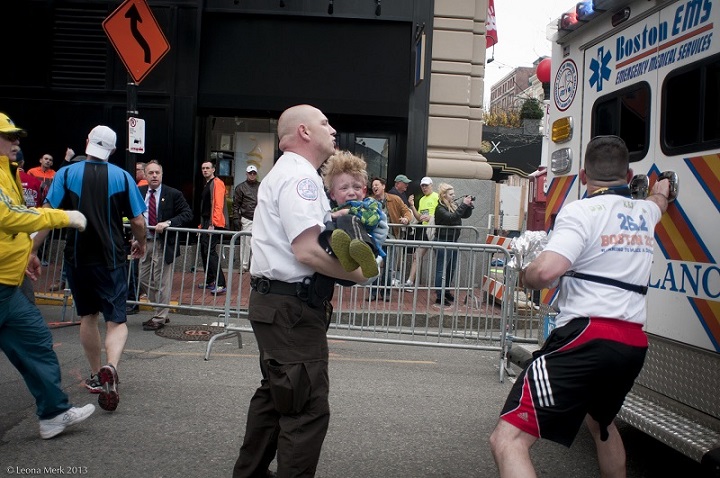
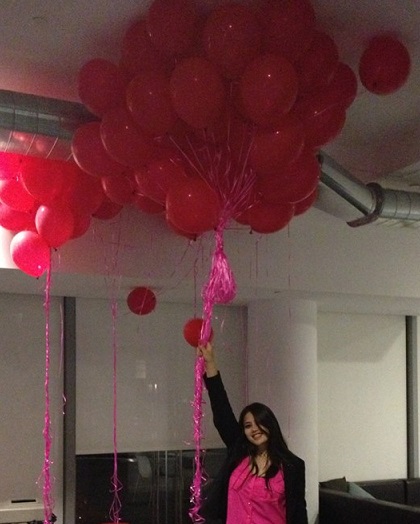

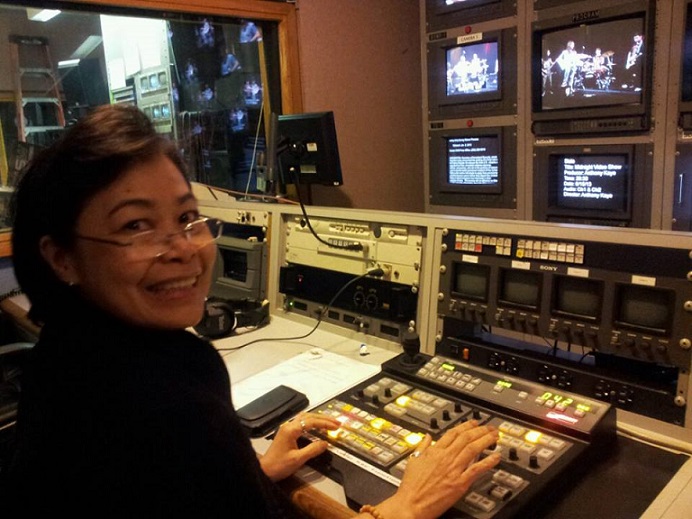



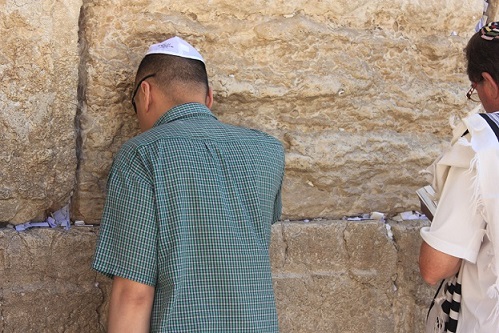
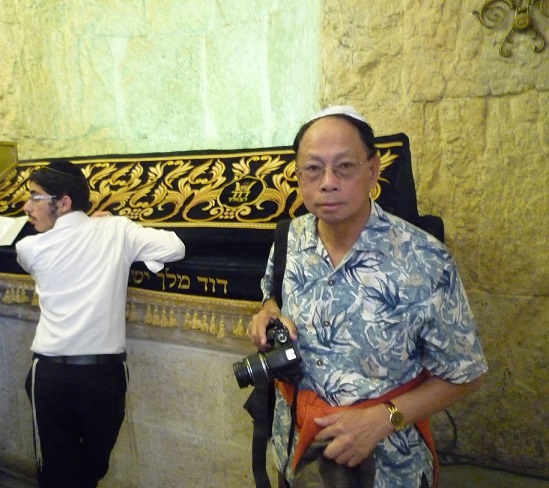

Such an inspiring and informative write-up of Israel. As I was reading it, I felt that I was there also .
Glad you enjoyed reading it, Israel is truly a beautiful and interesting country, we’re so glad we were finally able to visit there!